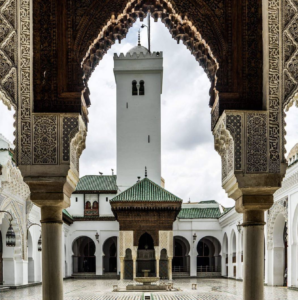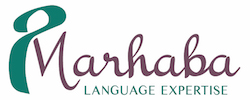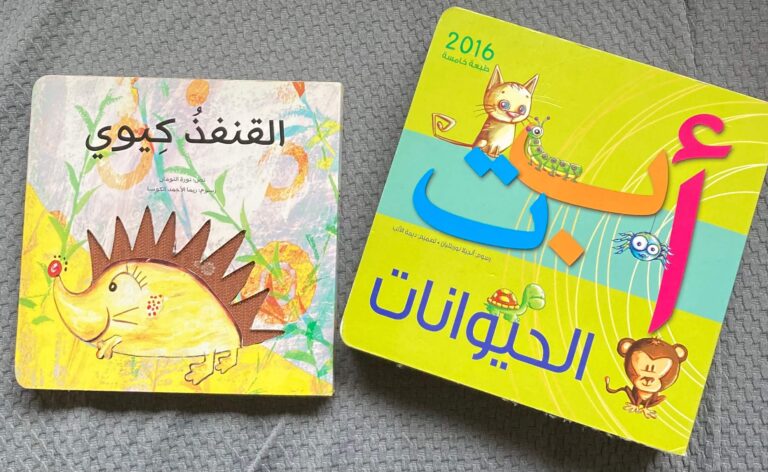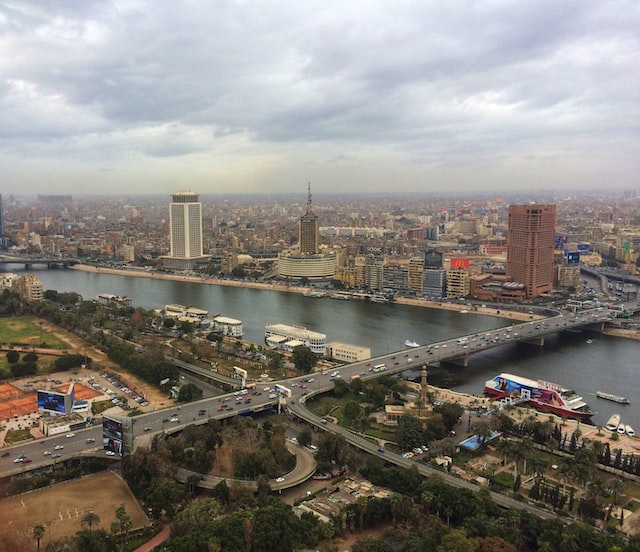Arabization in Morocco (1 of 3)
Introduction
This series seeks to map shifting levels of language dominance in Moroccan history in order to investigate contemporary developments in government policy. The debate over language policy is closely connected to Moroccan history. Language represents an important site of contestation in most modern states, and especially in post-colonial nations. In Morocco, the nationalist project failed to represent Imazighen (Berbers). As Amazigh (Berber) activists grew more vocal, the Moroccan government has begun developing new national language policies. This latest stage in a series of sociolinguistic transitions in Moroccan history raises a number of questions about the place of language in modern nation states, and especially in education.
A Brief Linguistic History of Morocco
The first known languages of North Africa were what is now commonly known as Berber. The term is derived from the Latin base barbaros, meaning foreign to Greek society and culture, and may be considered derogatory. I will use the self-referential term of Amazigh (plural: Imazighen) instead of Berber. Little is known conclusively about the earliest residents of North Africa; as a result, the historical theories of their linguistic and cultural origins have reached mythic dimensions. They inhabited North Africa both in agricultural villages and nomadic campsites for centuries, if not millennia, before the arrival of the Arabs.
Imazighen refer to their language as Tamazight. Tamazight-speaking areas today include Morocco, Mauritania, the Canary Islands, Mali, Niger, Algeria, Tunisia, Libya, and parts of western Egypt.
‘Uqba ben Nafi‘ led his army of Arab horsemen from Damascus through the Taza gap in 683 ce, thus introducing Arabic to the area. Conflicting histories present the newcomers as warriors, missionaries, immigrants, and traders. Arabic and Islam likely spread through a variety of interactions, oscillating between tolerant and intolerant periods of engagement. In any case, speakers of Amazigh languages and of Arabic coexisted for centuries. The city-centers in which they traded, worshipped, and studied became incorporated into the Arabic-speaking world, which was conceived of as the Islamic world. By the fourteenth century, Arabic was the working language in marketplaces, organs of administration, mosques, schools, and not least, Al-Qarawiyin University, which was based in Fes, and had several outlying branches. Built in 859 by Fatima bint Mohammed al-Fihri, it served as the premier educational center of the region a century before Al-Azhar was built in Cairo (and long before the University of Bologna in 1088, the so-called oldest university in Europe and the world). The prominence of Arabic-language institutions and cultural production would come to constitute memories of glory for twentieth-century nationalists.

Of course, the Arab kingdom of al-Maghrib (meaning ‘place of the setting sun’) was not isolated from other populations. Until the Castilian expulsion of Jews and Muslims in the fifteenth century, it was linked culturally and administratively to the Iberian peninsula. Many Andalusians settled in Fes and other cities. Trade, diplomacy, and pilgrimage also linked the western frontier with the rest of the Arabic-speaking world, with Mediterranean ports, and with many other African population centers. Nevertheless, Amazigh and Arabic languages have remained dominant among the majority of the Maghribi population.
By the twentieth century, European languages were formally introduced to North Africa through imperial and colonial activity. Spain invaded Morocco in 1860, and England and France’s involvement in Morocco subsequently grew until the three powers agreed in 1907 to Franco-Spanish control. Officially beginning in 1912, French occupation and administration of Morocco involved a radical shift in social organization. The French built villes nouvelles, new cities equipped with modern conveniences and colonial institutions. They set out to document, conquer, and civilize Moroccans through legal, educational, and military missions. It was in this context that French became the administrative language of Morocco.
Recommended Source for Further Reading:
Charles André Julien, History of North Africa: Tunisia, Algeria, Morocco, from the Arab Conquest to 1830, trans. John Petrie (London: Routledge, 1970): 1-26.




